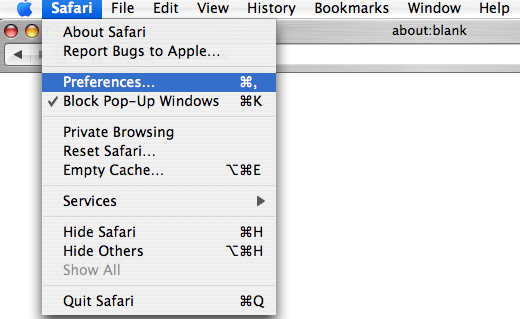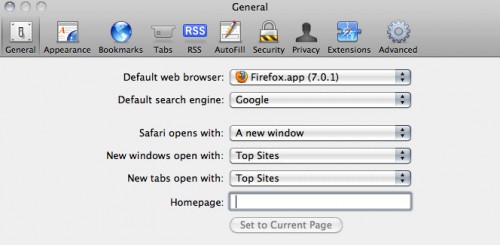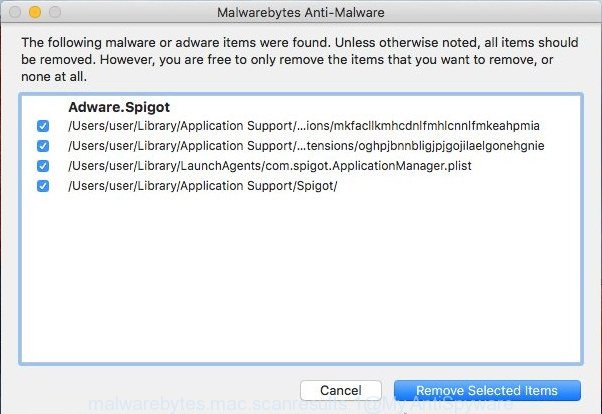Computer security experts have confirmed that the Resourcetools app is a PUA (potentially unwanted application) and Adware. How can Adware be dangerous to your MAC? Adware is a type of harmful software. It does not delete files or infect them, but can display unwanted and annoying ads, modify MAC settings, download and install harmful browser extensions. All the time, while adware is running, your web-browser will be fill with intrusive ads. Most likely, adware has been installed on your MAC OS without your’s permission and you don’t even know how and where adware has got into your machine
Another reason why you need to delete adware is its online data-tracking activity. Adware may monetize its functionality by collecting confidential data from your surfing sessions. This privacy info, subsequently, can be easily transferred third party companies. This puts your user info at a security risk.
Threat Summary
| Name | Resourcetools, Resourcetools 1.0 app, Resource tools |
| Type | adware, PUP (potentially unwanted program), popups, popup ads, pop-up virus |
| Symptoms |
|
| Removal | Resourcetools removal guide |
Usually, Resourcetools adware gets into your MAC OS as part of a bundle with free programs, sharing files and other unsafe software which you downloaded from the Net. The developers of adware pays software developers for distributing adware within their programs. So, optional applications is often included as part of the installer. In order to avoid the install of any adware software: choose only Manual, Custom or Advanced install type and reject all additional apps in which you are unsure.
You probably want to know how to remove unwanted ads as well as delete Resourcetools adware. In the steps below we will tell you about how to solve your problems.
How to remove Resourcetools on Mac (Virus removal guide)
There are several steps to uninstalling the Resourcetools adware software that causes tons of intrusive pop up ads, because it installs itself so deeply into Mac OS. You need to delete all suspicious and unknown programs, then remove malicious addons from the Firefox, Google Chrome and Safari and other browsers you’ve installed. Finally, you need to reset your web-browser settings to get rid of any changes the adware has made, and then scan your MAC system with MalwareBytes AntiMalware (MBAM) to ensure the adware software is fully removed. It will take a while.
To remove Resourcetools, complete the steps below:
- How to manually remove Resource tools
- Resourcetools adware software automatic removal
- Use AdBlocker to block unwanted ads and stay safe online
- To sum up
How to manually remove Resource tools
Manually deleting the Resourcetools adware is also possible, although this approach takes time and technical prowess. You can sometimes identify adware in your computer’s list of installed software and uninstall it as you would any other unwanted application.
Remove PUPs through the Finder
It’s of primary importance to first identify and delete all potentially unwanted software, adware software and hijackers through the ‘Applications’ section of the Finder.
Open Finder and click “Applications”.

It will display a list of all applications installed on your computer. Scroll through the all list, and uninstall any suspicious and unknown apps. Right click to suspicious program and select “Move to Trash”. Another method is drag the program from the Applications folder to the Trash.
Most important, scroll through the all list, and move to trash any unknown applications. Don’t forget, choose Finder -> Empty Trash.
Remove Resource tools adware from Google Chrome
Reset Google Chrome will allow you to remove Resourcetools ads from your internet browser as well as to restore internet browser settings infected by adware. All undesired, malicious and adware extensions will also be removed from the web browser. However, your saved bookmarks and passwords will not be lost. This will not affect your history, passwords, bookmarks, and other saved data.
First launch the Google Chrome. Next, click the button in the form of three horizontal dots (![]() ).
).
It will open the Google Chrome menu. Choose More Tools, then click Extensions. Carefully browse through the list of installed add-ons. If the list has the plugin signed with “Installed by enterprise policy” or “Installed by your administrator”, then complete the following guidance: Remove Chrome extensions installed by enterprise policy.
Open the Google Chrome menu once again. Further, press the option named “Settings”.

The web-browser will open the settings screen. Another way to open the Chrome’s settings – type chrome://settings in the web-browser adress bar and press Enter
Scroll down to the bottom of the page and click the “Advanced” link. Now scroll down until the “Reset” section is visible, similar to the one below and click the “Reset settings to their original defaults” button.

The Google Chrome will show the confirmation dialog box as displayed on the screen below.

You need to confirm your action, click the “Reset” button. The browser will launch the task of cleaning. After it’s done, the web-browser’s settings including search provider, homepage and new tab back to the values that have been when the Google Chrome was first installed on your MAC OS.
Get rid of Resourcetools adware software from Safari
By resetting Safari browser you restore your web browser settings to its default state. This is good initial when troubleshooting problems that might have been caused by Resourcetools adware.
Click Safari menu and choose “Preferences”.

It will open the Safari Preferences window. Next, click the “Extensions” tab. Look for unknown and suspicious extensions on left panel, choose it, then click the “Uninstall” button. Most important to delete all unknown add-ons from Safari.
Once complete, click “General” tab. Change the “Default Search Engine” to Google.

Find the “Homepage” and type into textfield “https://www.google.com”.
Delete Resourcetools adware software from Mozilla Firefox
If your Firefox web browser is redirected to Resourcetools ads without your permission or an unknown search provider opens results for your search, then it may be time to perform the web browser reset. It will save your personal information such as saved passwords, bookmarks, auto-fill data and open tabs.
First, run the Mozilla Firefox. Next, press the button in the form of three horizontal stripes (![]() ). It will show the drop-down menu. Next, click the Help button (
). It will show the drop-down menu. Next, click the Help button (![]() ).
).

In the Help menu press the “Troubleshooting Information”. In the upper-right corner of the “Troubleshooting Information” page press on “Refresh Firefox” button as on the image below.

Confirm your action, press the “Refresh Firefox”.
Resourcetools adware software automatic removal
If you are unsure how to delete Resourcetools easily, consider using automatic adware software removal software that listed below. It will identify the Resourcetools adware software that reroutes your web browser to undesired ad webpages and remove it from your computer for free.
Run MalwareBytes Free to remove Resourcetools
You can remove Resource tools automatically through the use of MalwareBytes Free. We suggest this free malware removal utility because it can easily get rid of hijacker, adware software, potentially unwanted programs and toolbars with all their components such as files, folders and registry entries.

- Please go to the link below to download the latest version of MalwareBytes Free for Mac.
Malwarebytes Anti-malware (Mac)
20937 downloads
Author: Malwarebytes
Category: Security tools
Update: September 10, 2020
- After the downloading process is finished, please close all applications and open windows on your computer. Run the downloaded file. Follow the prompts.
- The MalwareBytes Anti-Malware will open and show the main window.
- Further, press the “Scan” button for scanning your MAC for the Resourcetools adware. While the MalwareBytes Anti Malware (MBAM) tool is scanning, you can see number of objects it has identified as being affected by malicious software.
- Once the scan is done, MalwareBytes Anti Malware (MBAM) will show a screen that contains a list of malicious software that has been found.
- In order to remove all threats, simply click the “Remove Selected Items” button.
- Close the Anti Malware and continue with the next step.
Use AdBlocker to block unwanted ads and stay safe online
It is important to run ad-blocker software like AdGuard to protect your Apple Mac from malicious web pages. Most security experts says that it’s okay to stop unwanted advertisements. You should do so just to stay safe! And, of course, the AdGuard may to stop malicious, misleading and other unwanted web sites.

Installing the AdGuard is simple. First you’ll need to download AdGuard on your Windows Desktop by clicking on the following link.
3750 downloads
Author: © Adguard
Category: Security tools
Update: January 17, 2018
After the download is done, run the downloaded file. The “Setup Wizard” window will show up on the computer screen.
Follow the prompts. AdGuard will then be installed. A window will show up asking you to confirm that you want to see a quick instructions. Press “Skip” button to close the window and use the default settings, or click “Get Started” to see an quick guidance which will help you get to know AdGuard better.
Each time, when you run your machine, AdGuard will run automatically and block unwanted ads, as well as other malicious or misleading webpages.
To sum up
Now your Apple Mac should be clean of the Resourcetools adware software that causes a lot of intrusive pop up advertisements. We suggest that you keep AdGuard (to help you stop unwanted pop-up advertisements and unwanted malicious web sites) and MalwareBytes Free (to periodically scan your MAC for new adware softwares and other malicious software).
If you are still having problems while trying to remove Resourcetools ads from the Mozilla Firefox, Google Chrome and Safari, then ask for help here here.


















